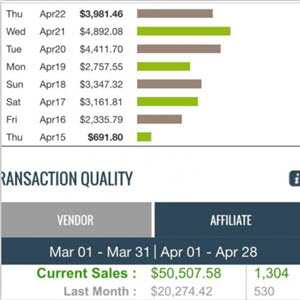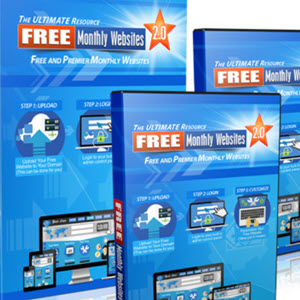3 Tips for Cost-Effective Small Business Facebook Ads Marketing
Fifteen years ago the place for small business advertising was the Yellow Pages. Five years ago, it was Google Adwords. Tomorrow who knows. But today it is Facebook Advertising. Whereas the ROI on Yellow Pages is almost certainly negative for most businesses, and with Adwords cost per click rates increasing daily the margin on that platform is nearing zero, Facebook Ads offer an amazing return on investment for your marketing dollars if done effectively. Moreover, it’s particularly well suited to small businesses because of the ability to get significant impact with a relatively small budget due to its hyper-targeting abilities.
In this article, we’ll cover three tips to cost-effectively advertise on Facebook Ads for your small business. But before we get started, a quick sentence on what Facebook Ads are: Facebook Ads are a paid advertising platform in which your company can pay on a per view basis for select Facebook users to see your custom advertisement in their Facebook stream. The customer can then interact with that ad, click through to your companies website, or click to call your offices from the ad directly.
#1. Use Pixels to Reach Warm Visitors
The highest ROI dollar a small business can spend in Facebook ads, is generally by retargeting “warm” customers. That means, that anyone who has recently visited your company’s website will have a pixel embedded onto their computer. Then when that same customer later visits Facebook, they will see your company’s ad in their Facebook feed.
The reason this is among the most effective things you can do, is that these potential customers are already aware of your product (because they’ve been to your website before) and thus, by seeing your ad you’re reinforcing the ubiquity of your product and providing a second juncture at which they can make a purchase.
Finally, these are generally among the cheapest ads you can run on Facebook because you’re the one supplying Facebook with the data as to who to show the ad to. To set this up, you’ll simply need to create a Facebook Ads account up, obtain the HTML code for the pixel, and place it on your website. Then setup the ad that you want to start showing these “warm” visitors.
#2. Deploy Lookalike Ads
One of the most innovative tools that Facebook Ads has developed is the “lookalike” ad. For large companies with tons of analytics data, they know the unique demographic profile of their customers, but for most small businesses, you can’t easily name who your customers are demographically speaking. Lookalike Ads solves this problem for you.
Once you have your Facebook pixel running for a few weeks and have placed a pixel on over 1,000 of your potential customers, you can turn on “Lookalike Ads”. With this tool, Facebook will use its massive database to compile a unique customer profile for your small business and then look for other Facebook users who match that profile.
So, for instance, if all of the people who had visited your website were, say Women between 40 and 60 who were divorced with children, living in Texas, Facebook’s Lookalike tool would automatically start targeting your ad to other people who met that same criteria.
A quick word of warning, however, is that Facebook needs at least 1,000 people in your “warm visitor” list to effectively create a lookalike ad campaign. Otherwise, it will be skewed by a few random people who have visited your website. So make sure not to create the Lookalike group until you’ve been running the pixel long enough so that there are over 1,000 people who have the pixel placed.
#3. Use Targeted Ads by Looking at Group Membership
If you’ve had some success with the first two Facebook Ad techniques, then it might be time to start engaging in more direct Facebook advertising. On Facebook, the way this is done is to identify demographic data associated with your customer base (age, gender, location, etc.) and Facebook will publish your ads there. But for small businesses who want to concentrate their limited ad budget in the most effective way, you can also look for specific Facebook groups that your customers are likely to be a member of, or “like” and target your ads to folks who meet your demographic data AND are members of those groups.
For example, if your target customer was companies in the debt collection industry, as ours is, you might want to send targeted ads to individuals who are members of ACA International a debt collection industry group, as these people are very likely to be involved in the debt collection industry.
When you target your ad to people who are members of a certain organization, note that your ad’s range will be limited by the number of people who “like” that organization. Therefore, you may need to add multiple industry groups in order to create a campaign large enough to serve your small business’ goals.
Conclusion
Facebook Ads are currently a huge opportunity for small businesses to engage in high ROI hyper-targeted advertising. Much like the Yellow Pages, and to some extent Google Adwords, however, don’t expect this window to last forever. Over the next few years as more and more small businesses begin advertising on Facebook the cost per impression will continue to climb (and thus the ROI for small business advertisers will fall).
Plus eventually the platform itself will become more saturated with ads and consumers will begin to stop using the platform in as great of numbers. So the time to begin advertising with Facebook Ads is now, while the return is still very significant.
Continue reading here: How Authentic Content Marketing Can Make Your Business Remarkable
Was this article helpful?


